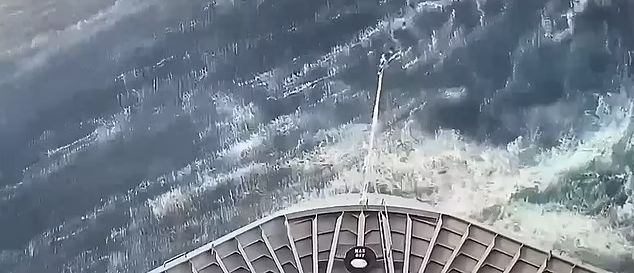
The cruise ship MS Maud was returning to the UK from a 14 night Northern Lights cruise when it was caught in a severe storm in the North Sea. During the storm, the ship was struck by a rogue wave, shattering the windows on the bridge deck. The flooding of the bridge deck resulted in a temporary loss of power as well as damage to the ship’s navigation systems and radars. There were also reports of a loss of bridge steering control that was taken over by an engine room backup.
The 266 passengers and 131 crew members aboard the Maud are safe, according to the Danish Joint Rescue Coordination Centre.
The ship, owned and operated by cruise company HX, a unit of Norway’s Hurtigruten Group. left Floroe in Norway on Thursday and was due to arrive in Tilbury in the UK on Friday. The Maud is now being towed to Bremerhaven in Germany, Danish authorities said.

 Happy
Happy  The
The 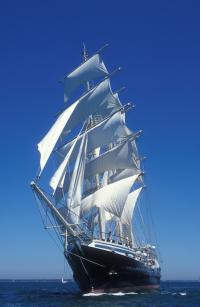 After years of financial struggle, the
After years of financial struggle, the 

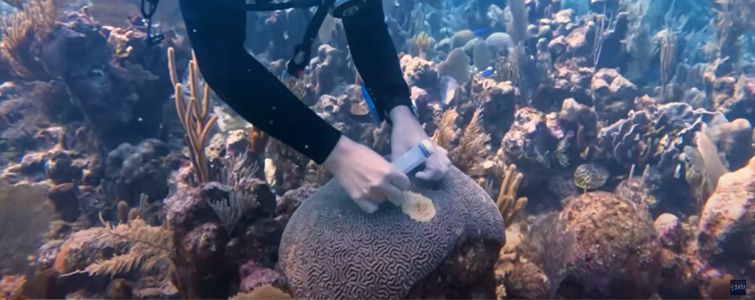 When we went on a family scuba diving trip to the
When we went on a family scuba diving trip to the 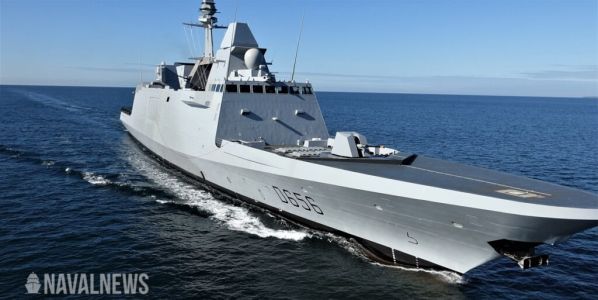 Last Saturday, Yemen’s Houthi rebels announced that the organization would
Last Saturday, Yemen’s Houthi rebels announced that the organization would  The
The  The
The  There is an old saying that we know more about the Moon than we do about the deep ocean.
There is an old saying that we know more about the Moon than we do about the deep ocean. 

 On Sunday, the Arleigh Burke-class destroyer
On Sunday, the Arleigh Burke-class destroyer  In 1986, a massive iceberg, almost five times larger than New York City, calved off West Antarctica’s Filchner-Ronne Ice Shelf. The iceberg, designated A23a, immediately grounded on the floor of the Weddell Sea, where it remained stuck for almost four decades.
In 1986, a massive iceberg, almost five times larger than New York City, calved off West Antarctica’s Filchner-Ronne Ice Shelf. The iceberg, designated A23a, immediately grounded on the floor of the Weddell Sea, where it remained stuck for almost four decades.
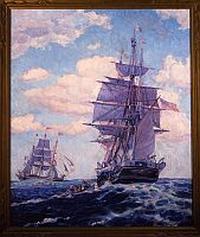 Happy Thanksgiving to those on this side of the pond and below the 49th parallel. (The Canadians celebrated the holiday in October.)
Happy Thanksgiving to those on this side of the pond and below the 49th parallel. (The Canadians celebrated the holiday in October.) Yemen’s Houthi rebels seized the vehicle carrier
Yemen’s Houthi rebels seized the vehicle carrier